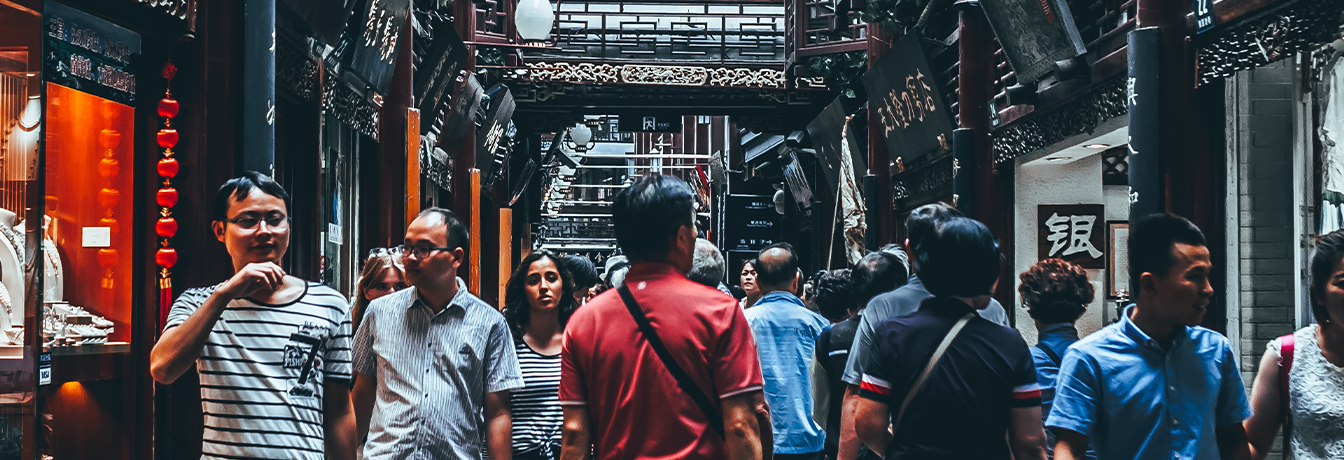
I was once told a fable about Chuang Tzu, a philosopher in ancient China, who one night went to sleep and dreamed that he was a butterfly.
He dreamt that he was flying around from flower to flower. He felt free, blown about by the breeze.
He was quite sure that he was a butterfly. But when he awoke he realised that he had just been dreaming.
But then he asked himself the following question: “was I Chuang Tzu dreaming I was a butterfly, or am I now really a butterfly dreaming that I am Chuang Tzu?”
The notion of dreaming has long been embedded in the consciousness of Chinese philosophical thought and culture.
This story came to my mind when Xi Jinping became President of China in 2013, and asked his people to “strive to achieve the Chinese Dream of great rejuvenation of the Chinese nation.”
Almost a decade on, this dream is becoming a reality.
A new dynasty
We have seen China has entered a new era of sophistication and influence on the global stage in the last fifteen years. The market now stands to account for 63% of global online sales by 2023, and the nation achieved an historic global first earlier this year, becoming the first nation with over 50% of retail sales occurring via ecommerce.
Equally, there is a new era of social liberation dawning. A census in May showed that China was ageing rapidly and that the fertility rate had plunged to 1.3 children per woman – a level even lower than Japan. Now China has announced that couples can have up to three children. I feel this could potentially have a tangible impact on the social and shopping habits of consumers over the next decade.
For brands, there is clearly a lucrative opportunity to cash in on this booming market of 1.4 billion people.
But despite its surging economic growth and increasingly empowered consumers, China remains a complex, diverse and difficult market for western brands to crack.
This has been evidenced most acutely by the atmospheric rise of social-commerce in China, which represents over 11% of total ecommerce sales and is worth $186bn.
But it still seems seemingly secretive, somewhat walled off from the Western world and difficult for brands to authentically grasp. At Butterfly, we understand this is because China has its own set of digital platforms and culture within them. Brands must navigate swirling cultural currents in order to engage with Chinese consumers.
But while the challenges are big – the rewards are far bigger.
Dreams money can buy
The spending power of Chinese consumers is immense. HSBC estimates that the country will more than double its number of millionaires over the next five years. The middle class will also expand from about 340 million to over 500 million during that same period.
As Chinese consumers become wealthier and more sophisticated, they are reshaping the retail environment. More than 70 percent of middle-income consumers are buying established Western brands, according to Daxue Consulting.
But this means that brands can easily “lose control” of their own image – for instance Louis Vuitton has migrated from a symbol of prestige and exclusivity to becoming “associated with secretaries.”
To build a bridge with Chinese consumers you need to understand the culture – but remain creative. Louis Vuitton and Dior both attempted to engage with digital-first audiences through the popular ecommerce live streaming channels – which attracted negative reviews for being too boring.
Gucci has had more success. The brand has done everything from launching an NFT to releasing virtual sneakers and handbags, creating a star-studded “talk show,” developing limited-edition collections with The North Face, Doraemon, and Pokémon Go.
The more creative the idea, the more Chinese consumers love it. We can see that the winning content and marketing efforts are the ones which are centered in a brand’s values and delivered with creative vision. Simply jumping on a hot digital trend because it is popular, leaves brands at risk of losing distinctiveness and worse, leaves consumers bored.
Building a bridge for brands
If brands wish to engage and tap into the explosive growth of the Chinese market, they will need to first understand their dreams.


